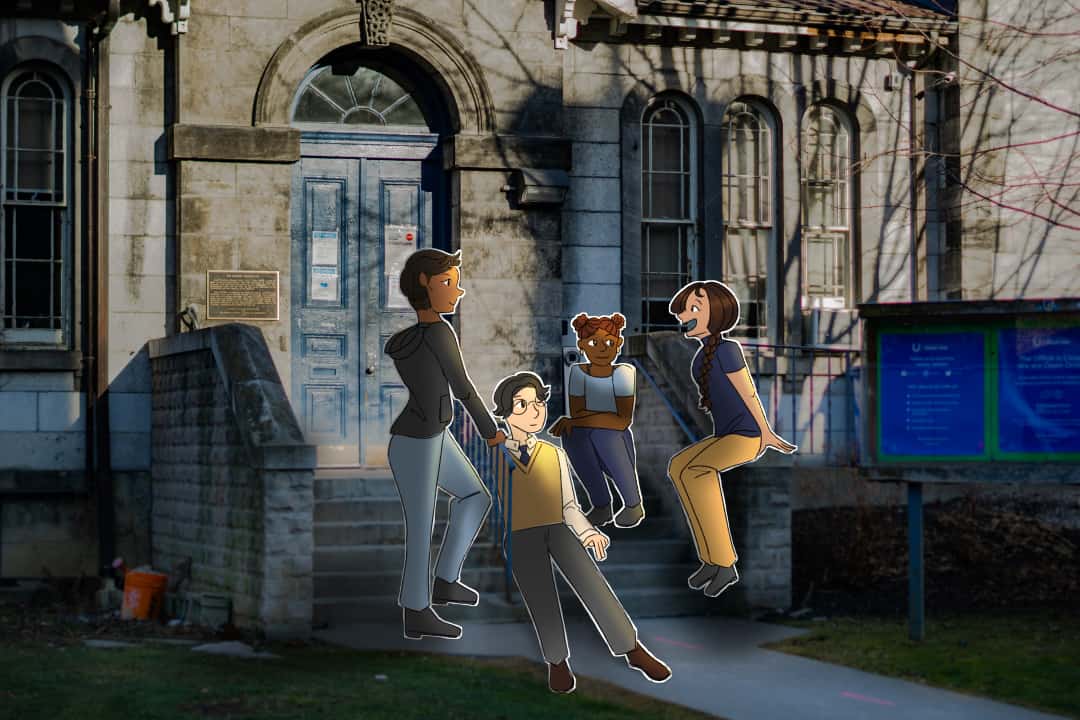The Black Lives Matter protests that took place in Toronto and across North America last summer were a sobering reminder of the inequities that racialized people continue to face today. These same inequities are also very much present at U of T.
On its website, the University of Toronto Students’ Union (UTSU) notes its intention to advocate for over 38,000 undergraduate students at U of T — and, in this spirit, the union attempted its “Advancing Equity in Education” initiative. Despite this, the UTSU’s equity apparatus is outdated, costly, and woefully ineffective.
The UTSU’s “Advancing Equity in Education” campaign is an excellent metaphor for its equity apparatus as a whole. Both sound good in principle, but fail to bring about meaningful change.
In October, the UTSU executives announced that they had started the “Advancing Equity in Education” campaign. Its goal was to “raise awareness of equity and social justice courses and programs,” a largely unobjectionable endeavour.
However, four months later, the campaign has largely fallen flat. The only tangible result that it has produced is a report titled “Advancing Equity in Education,” which is almost entirely a reformatted version of parts of the Faculty of Arts & Science’s academic calendar.
This document will almost certainly have a negligible impact on equity at U of T. For one, it doesn’t actually provide anything new to the student body: course titles and descriptions are readily available through a number of resources that are available to students. It can also be incredibly difficult to actually find the report because it is buried deep in the UTSU’s website.
Most notably, the UTSU report released in January said that the long-term goal of the “Advancing Equity in Education” campaign “is entirely up to next year’s executive team.” By the time the course selection period starts this summer, the new UTSU executive team will have taken office and the entire project will probably have been forgotten. It is likely that the students who would have found the report useful will never know it existed because it wasn’t adequately promoted.
Worst of all, this endeavour was paid for by U of T students. The executives and staff of the UTSU are paid through a levy collected from undergraduate students. Unfortunately, these costly, ineffective projects appear to have become the norm for the UTSU. In addition to this project, the UTSU planned a virtual clubs crawl for September. However, the event was abruptly postponed, and it still has not happened.
Equity in education is so much more than just the creation of lists of classes that have to do with equity. Instead of writing this report, the UTSU could have collaborated more with equity student unions on campus to amplify the impact that they have.
It is also crucial to acknowledge where the UTSU falls short in promoting equity. Last summer, when Trinity College faced an internal reckoning over its history of institutional racism, the UTSU barely did anything. Apparently, the reckoning came up in a July meeting with the Office of the Vice-Provost Students. Nevertheless, in all the monthly reports to the Board of Directors by the vice-president equity this year, which detail what the union has accomplished and what it is working on, Trinity College is only mentioned once as a passing reference.
Instead of wasting time with pointless projects and initiatives, the UTSU should focus its equity apparatus where it’s actually applicable.
There are a number of ways that the UTSU could create real change on campus. For one, it should formally publish its report on Campus Police. However, the university has not released the police budget, which the UTSU wants to put in the report. The UTSU has filed a freedom of information request to try to obtain the budget, but instead of continuing to wait for that data to be released, the UTSU should release the report and amend it later if the union manages to obtain the police budget.
Additionally, the UTSU should consider eliminating the vice-president equity position. By designating equity as its own distinct portfolio, the UTSU has tacitly given its other executives permission to ignore equity in their work. By deleting the vice-president equity role, the UTSU could distribute the equity portfolio among its other executives. Doing so would allow equity to become a part of everything that the UTSU does, instead of being a limited subsection of its duties.
For example, the vice-president operations at the UTSU is responsible for more than six million dollars of net assets. If they were given a stronger mandate to incorporate equity in their role, the power of that money could be used as a force to promote equity. Deleting an equity position to improve equity sounds counterintuitive, but the UTSU itself even endorsed it. Last August, a committee of UTSU board members recommended dissolving the vice-president equity role.
In many ways, the state of equity on campus is poor. U of T’s own statistics offer concrete evidence that the university is not as diverse as it should be. For example, just 35 per cent of undergraduate students in the mathematical and physical sciences identified as women in 2019. Recent op-eds in The Varsity make it clear that Black students face barriers to education that other students do not.
Now, more than ever, students need the UTSU to advocate on their behalf and mobilize its operations toward advancing equity. Unfortunately, the UTSU’s current equity apparatus has demonstrated that it is incapable of doing so. If the UTSU wants to create real change for the students that it represents, its equity apparatus must be overhauled.
Sarit Radak is a second-year molecular genetics student at University College. He served as the 2019–2020 life sciences director for the University of Toronto Students’ Union and currently serves on the Arts and Science Council as a full-time sciences student.


